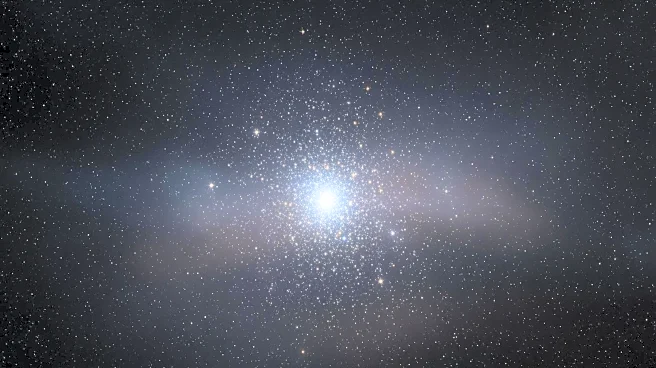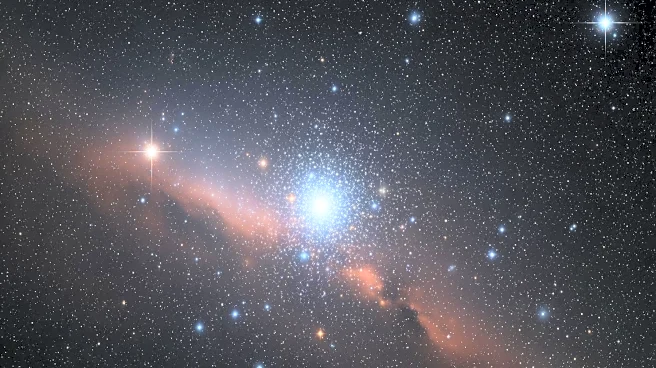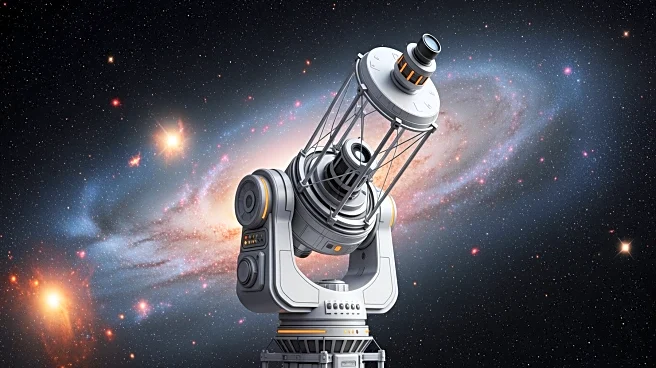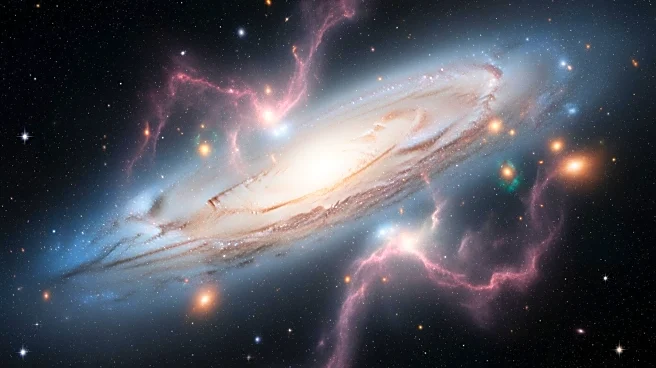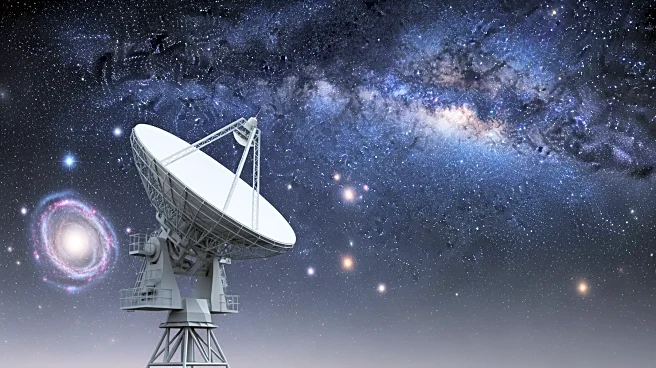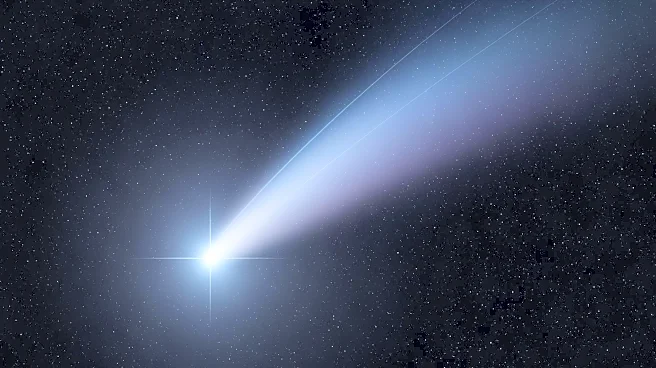What's Happening?
Astronomers have discovered that the Pleiades star cluster, traditionally known for its 'Seven Sisters,' is significantly larger than previously believed. Using data from NASA's TESS and the European Space
Agency's Gaia, researchers at UNC-Chapel Hill identified that the cluster contains approximately 20 times more stars than previously known. This finding challenges the traditional view of the Pleiades and suggests that many stars near the sun are part of extensive stellar families. The study utilized the rotational speed of stars as a 'cosmic clock' to determine their ages, revealing familial associations between stars that have drifted apart over time.
Why It's Important?
This discovery has profound implications for the study of young star systems and our understanding of the Milky Way's structure. By identifying more members of the Pleiades, astronomers can better understand the formation and evolution of star clusters. This research could also aid in tracing the origins of our solar system, providing insights into the sun's stellar family. The findings highlight the potential for uncovering hidden relationships within the galaxy, offering a new perspective on the architecture of our cosmic neighborhood.
